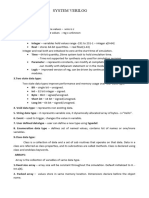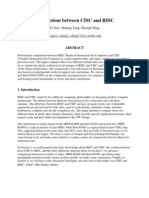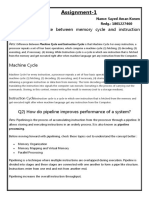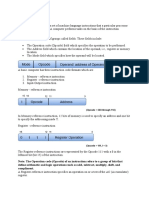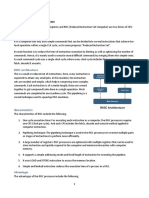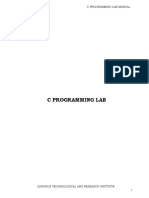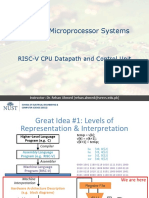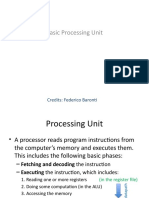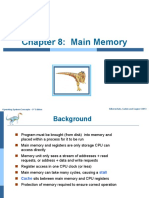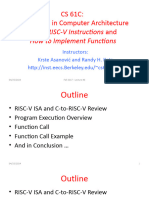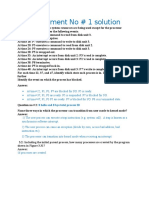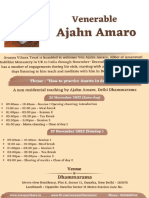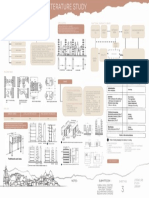0% found this document useful (0 votes)
84 views18 pagesSS Practical Lab
The document outlines several programming tasks related to simulating CISC and RISC architectures, translating assembly-like instructions to machine code, and designing a linker and loader for a simplified computational system. It includes detailed C code examples for each task, demonstrating the differences between CISC and RISC philosophies, as well as implementations for macro processing and arithmetic expression evaluation. The document serves as a comprehensive guide for understanding and implementing basic concepts in computer architecture and programming.
Uploaded by
bala vinothiniCopyright
© © All Rights Reserved
We take content rights seriously. If you suspect this is your content, claim it here.
Available Formats
Download as DOCX, PDF, TXT or read online on Scribd
0% found this document useful (0 votes)
84 views18 pagesSS Practical Lab
The document outlines several programming tasks related to simulating CISC and RISC architectures, translating assembly-like instructions to machine code, and designing a linker and loader for a simplified computational system. It includes detailed C code examples for each task, demonstrating the differences between CISC and RISC philosophies, as well as implementations for macro processing and arithmetic expression evaluation. The document serves as a comprehensive guide for understanding and implementing basic concepts in computer architecture and programming.
Uploaded by
bala vinothiniCopyright
© © All Rights Reserved
We take content rights seriously. If you suspect this is your content, claim it here.
Available Formats
Download as DOCX, PDF, TXT or read online on Scribd
/ 18

















